In the automotive world, few comparisons generate as much interest as head-to-head matchups between premium brands. Today, we will take a closer look at two formidable contenders—the BMW 1er Reihe and the Volvo EX30. The 1er Reihe continues to uphold BMW’s legacy of driving pleasure and engineering excellence, while the EX30 showcases Volvo’s commitment to electric innovation and safety. Let's delve into the specifics of each model.
BMW 1 Series vs Volvo EX30 – Which car suits you better?
Two cars, one duel: BMW 1 Series meets Volvo EX30.
Which one wins in performance, efficiency and value for money? Find out now!
Design and Interiors: Style Meets Functionality
The BMW 1er Reihe, available as a hatchback, exhibits a sporty design that aligns with the brand's iconic styling cues. With dimensions measuring 4361mm in length and 1800mm in width, it offers a bold stance that appeals to enthusiasts. The interior is designed with a driver-focused layout, featuring high-quality materials and advanced infotainment systems, which harmoniously blend technology and comfort.
On the other hand, the Volvo EX30 offers a fresh perspective with its SUV body type, measuring 4233mm in length and 1837mm in width. The Scandinavian design philosophy emphasizes minimalism and functionality, contributing to a spacious cabin that provides ergonomic seating for up to five passengers. Advanced safety features and innovative storage solutions further enhance its practicality.
Powertrains: Tradition vs. Innovation
The BMW 1er Reihe boasts a diverse range of engine options, including diesel and petrol mild-hybrid engines, with power outputs varying from 122 HP to a robust 300 HP. The range of engine configurations allows for impressive fuel economy, with consumption as low as 4.3 L/100km. The model also features front-wheel and all-wheel drive options, ensuring a dynamic driving experience tailored to your preferences.
Contrastingly, the Volvo EX30 is fully electric and offers two distinct power outputs of 272 HP and 428 HP. The EX30’s electric motors deliver instantaneous torque, resulting in thrilling acceleration—taking as little as 3.6 seconds to reach 100 km/h. With an impressive electric range of up to 476 km, this model exemplifies Volvo’s forward-thinking approach to sustainable mobility.
Driving Dynamics: Comfort vs. Sportiness
BMW has long been synonymous with sporty driving dynamics, and the 1er Reihe is no exception. With features like dual-clutch automatic transmission and a range of power outputs, it enables exhilarating acceleration from 0-100 km/h in as little as 4.9 seconds for the high-performance variant. BMW’s engineering prowess translates into precise steering and agile handling, making the 1er Reihe a pleasure on winding roads.
Meanwhile, the Volvo EX30 prioritizes comfort and safety, which is evident in its design and technology. The advanced driving aids, such as adaptive cruise control and lane-keeping assistance, enhance the driving experience, making it suitable for both city commuting and longer journeys. Although it lacks the top speed of its BMW counterpart (capped at 180 km/h), the EX30’s electric powertrain provides a smooth and quiet ride, aligning with Volvo’s commitment to safety and comfort.
Technology and Innovations: Leading-Edge Features
Both BMW and Volvo have made significant strides in integrating technology within their vehicles. The 1er Reihe is equipped with the latest infotainment system, featuring an intuitive interface, connectivity options, and a premium sound system. Furthermore, it incorporates advanced driver-assistance systems that enhance safety and convenience.
Conversely, the Volvo EX30 leads the charge with its electric vehicle innovations. The model is not only designed to be eco-friendly with a CO2 efficiency class of A, but it also includes cutting-edge technology such as a comprehensive digital display and smart navigation systems optimized for EV travel. The focus on sustainability extends to its battery options, available in capacities of up to 65 kWh.
Conclusion: A Choice Between Two Giants
Ultimately, the choice between the BMW 1er Reihe and the Volvo EX30 boils down to personal preference and driving needs. The 1er Reihe is tailored for those who crave a sporty and engaging driving experience with versatile performance options. In contrast, the EX30 provides an innovative and eco-friendly alternative, delivering robust electric performance and a commitment to safety.
As the automotive industry continues to evolve, both models stand as excellent examples of their respective brands, each catering to different segments of the market. Whether you prioritize driving dynamics or eco-conscious technology, either vehicle promises an enriching driving experience.
Here’s where it gets real: The technical differences in detail
Costs and Efficiency:
Looking at overall running costs, both models reveal some interesting differences in everyday economy.
BMW 1 Series has a somewhat advantage in terms of price – it starts at 28200 £, while the Volvo EX30 costs 33000 £. That’s a price difference of around 4791 £.
Engine and Performance:
Under the bonnet, it becomes clear which model is tuned for sportiness and which one takes the lead when you hit the accelerator.
When it comes to engine power, the Volvo EX30 has a distinct edge – offering 428 HP compared to 300 HP. That’s roughly 128 HP more horsepower.
In acceleration from 0 to 100 km/h, the Volvo EX30 is clearly perceptible quicker – completing the sprint in 3.60 s, while the BMW 1 Series takes 4.90 s. That’s about 1.30 s faster.
In terms of top speed, the BMW 1 Series performs noticeable better – reaching 250 km/h, while the Volvo EX30 tops out at 180 km/h. The difference is around 70 km/h.
There’s also a difference in torque: Volvo EX30 pulls noticeable stronger with 543 Nm compared to 400 Nm. That’s about 143 Nm difference.
Space and Everyday Use:
Beyond pure performance, interior space and usability matter most in daily life. This is where you see which car is more practical and versatile.
Both vehicles offer seating for 5 people.
In curb weight, BMW 1 Series is evident lighter – 1465 kg compared to 1840 kg. The difference is around 375 kg.
In terms of boot space, the BMW 1 Series offers somewhat more room – 380 L compared to 318 L. That’s a difference of about 62 L.
In maximum load capacity, the BMW 1 Series performs a bit better – up to 1200 L, which is about 200 L more than the Volvo EX30.
When it comes to payload, BMW 1 Series evident takes the win – 510 kg compared to 390 kg. That’s a difference of about 120 kg.
Who wins the race?
The BMW 1 Series proves to be has a very small edge and therefore becomes our DriveDuel Champion!
BMW 1 Series is the better all-rounder in this comparison.

BMW 1 Series
BMW 1 Series
The BMW 1 Series stands out with its dynamic design that embodies both elegance and sportiness, making it an attractive choice for urban driving. Its interior offers a premium feel, combining quality materials with the latest in technological features to enhance comfort and connect drivers. Under the bonnet, a range of efficient engines ensures a responsive and enjoyable driving experience, balancing power with practicality.
details @ press.bmwgroup.com
@ press.bmwgroup.com
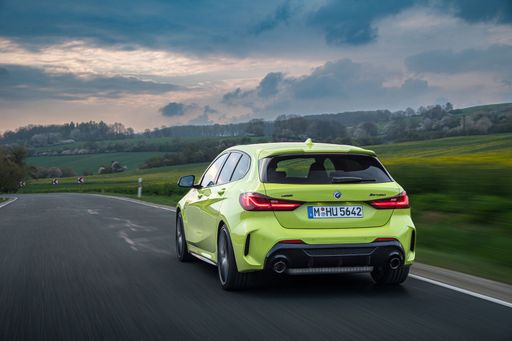 @ press.bmwgroup.com
@ press.bmwgroup.com
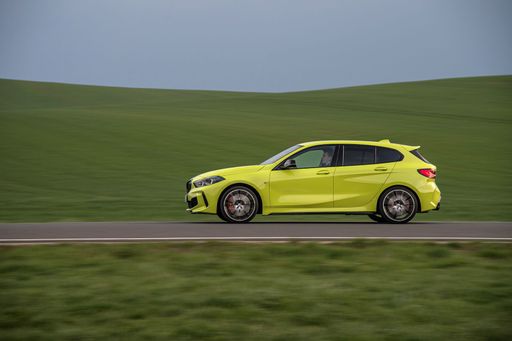 @ press.bmwgroup.com
@ press.bmwgroup.com
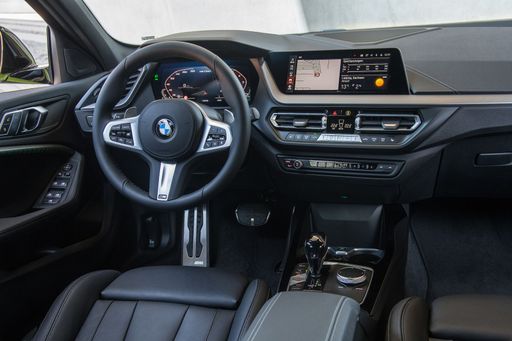 @ press.bmwgroup.com
@ press.bmwgroup.com
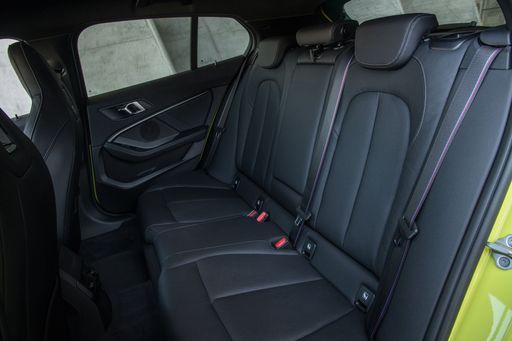 @ press.bmwgroup.com
@ press.bmwgroup.com
Volvo EX30
The Volvo EX30 represents a bold step forward for the brand, combining advanced technology with sustainable design principles. Its sleek and compact exterior belies a spacious interior that offers a premium driving experience. With a focus on safety and innovation, this model reflects Volvo's commitment to shaping the future of urban mobility.
details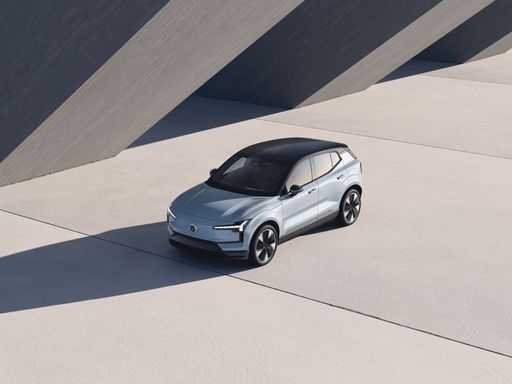 @ Volvo
@ Volvo
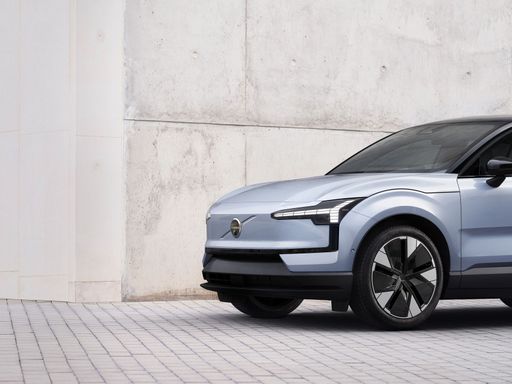 @ Volvo
@ Volvo
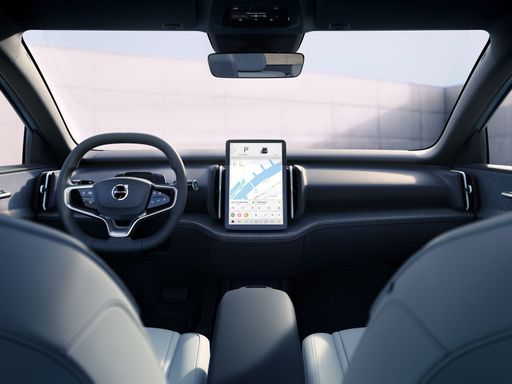 @ Volvo
@ Volvo
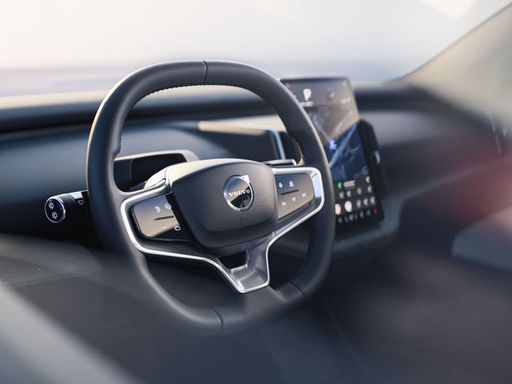 @ Volvo
@ Volvo
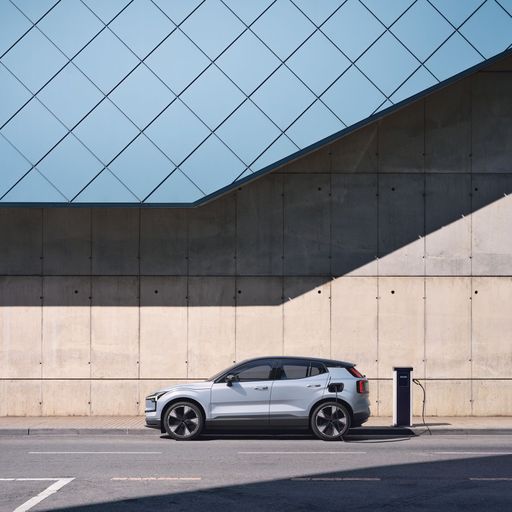 @ Volvo
@ Volvo

|

|
|
|
|
Costs and Consumption |
|
|---|---|
|
Price
28200 - 51100 £
|
Price
33000 - 49100 £
|
|
Consumption L/100km
4.3 - 7.6 L
|
Consumption L/100km
-
|
|
Consumption kWh/100km
-
|
Consumption kWh/100km
17 - 18.7 kWh
|
|
Electric Range
-
|
Electric Range
339 - 476 km
|
|
Battery Capacity
-
|
Battery Capacity
49 - 65 kWh
|
|
co2
112 - 173 g/km
|
co2
0 g/km
|
|
Fuel tank capacity
49 L
|
Fuel tank capacity
-
|
Dimensions and Body |
|
|---|---|
|
Body Type
Hatchback
|
Body Type
SUV
|
|
Seats
5
|
Seats
5
|
|
Doors
5
|
Doors
5
|
|
Curb weight
1465 - 1625 kg
|
Curb weight
1840 - 1960 kg
|
|
Trunk capacity
300 - 380 L
|
Trunk capacity
318 L
|
|
Length
4361 mm
|
Length
4233 mm
|
|
Width
1800 mm
|
Width
1838 mm
|
|
Height
1459 mm
|
Height
1550 - 1567 mm
|
|
Max trunk capacity
1135 - 1200 L
|
Max trunk capacity
1000 L
|
|
Payload
475 - 510 kg
|
Payload
370 - 390 kg
|
Engine and Performance |
|
|---|---|
|
Engine Type
Diesel, Petrol MHEV, Diesel MHEV, Petrol
|
Engine Type
Electric
|
|
Transmission
Automatic
|
Transmission
Automatic
|
|
Transmission Detail
Dual-Clutch Automatic
|
Transmission Detail
Reduction Gearbox
|
|
Drive Type
Front-Wheel Drive, All-Wheel Drive
|
Drive Type
Rear-Wheel Drive, All-Wheel Drive
|
|
Power HP
122 - 300 HP
|
Power HP
272 - 428 HP
|
|
Acceleration 0-100km/h
4.9 - 9.8 s
|
Acceleration 0-100km/h
3.6 - 5.7 s
|
|
Max Speed
210 - 250 km/h
|
Max Speed
180 km/h
|
|
Torque
230 - 400 Nm
|
Torque
343 - 543 Nm
|
|
Number of Cylinders
3 - 4
|
Number of Cylinders
-
|
|
Power kW
90 - 221 kW
|
Power kW
200 - 315 kW
|
|
Engine capacity
1499 - 1998 cm3
|
Engine capacity
-
|
General |
|
|---|---|
|
Model Year
2024
|
Model Year
2024 - 2025
|
|
CO2 Efficiency Class
D, C, F
|
CO2 Efficiency Class
A
|
|
Brand
BMW
|
Brand
Volvo
|
What drive types are available for the BMW 1 Series?
The BMW 1 Series is offered with Front-Wheel Drive or All-Wheel Drive.
The prices and data displayed are estimates based on German list prices and may vary by country. This information is not legally binding.
